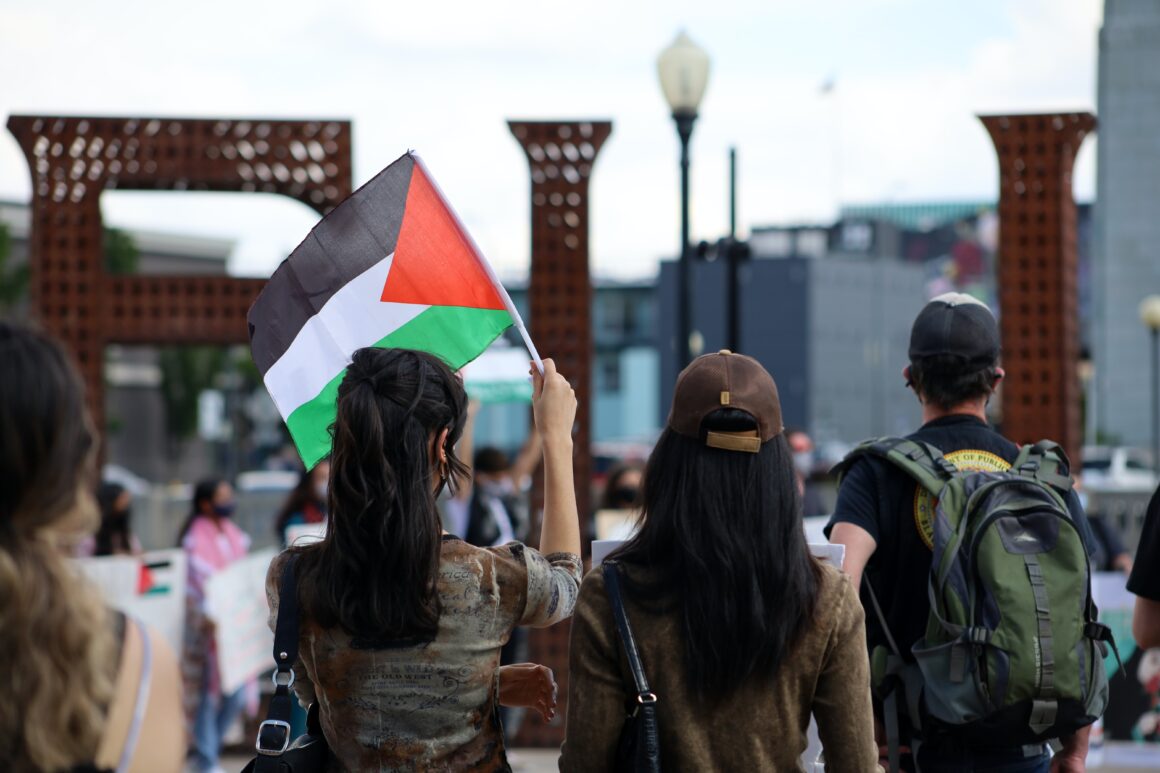Thanks to the work of Fight for $15, an organization that aims to increase pay for blue collar workers, laws have been passed in various states across the country to raise minimum wage. Through protests and strikes, the organization had made minimum wage a hot button topic in 2016, and ultimately influenced the November election.
Starting on January 1st, 2017, 19 states and 23 cities can see substantial jumps in minimum wage– not quite $15, but effective nonetheless. States such as Washington and Maine have added over a dollar to their minimum wages; Arizona leads the race, jumping from $8.05 per hour to a full $10.00. Other states won’t see too much of a difference. South Dakota and Montana bump up their minimum wage by just $0.10; Ohio, Florida, Alaska, and Missouri only by $0.05.
Big cities in Washington and California can see jumps in minimum wage as big as $2.00. New York City has established new minimum wage at $10.50 per hour for small businesses, $11.00 per hour for large businesses, and $12 per hour for fast food companies.
In total, there were seven states that voted to raise minimum wage to between $12 and $15 dollars in the November 2016 election, slowly but surely nearing Fight for $15’s goal. For four of these states, these raises were passed through ballot initiatives, a means by which a petition signed by a certain minimum number of registered voters can bring about a public vote.
Thousands of signatures from middle and lower class workers helped contribute to these initiatives.
Some Americans have become concerned that a raise in minimum wage could have drastic affects on small business owners and entrepreneurs, with consequences ranging from employers not being able to hire a large amount of people, to forcing employers to leave the state and root their businesses elsewhere. However, some are arguing that economic downturn in certain states may be the result of other underlying problems, such as the cost of housing.
There is also increasing evidence that raises in minimum wage have little to no effect on employment rates.
No matter where you stand on the issue of minimum wage, it is undeniable that these raises are constructive to middle and lower class families. No one should work forty hours every week and still have to decide whether to buy food to feed their children or to pay the rent. With many influential businesses beginning to voice discontent with raises in minimum wage, as well as the dominant right-winged Trump administration filling the office towards the end of January, the Fight for $15 will likely continue their fight throughout 2017.




